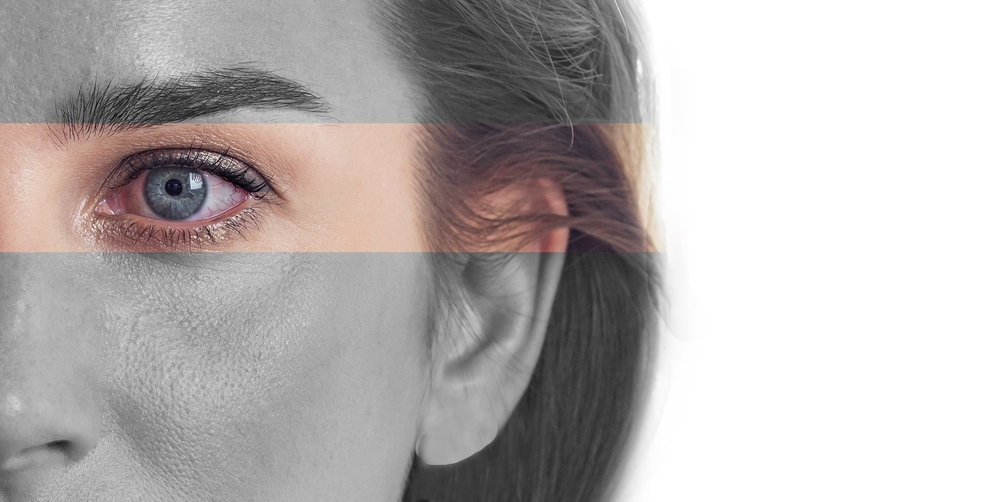don't forget to blink!

Dry eye syndrome is a common condition that occurs when your eyes do not produce enough tears or when the tears evaporate too quickly. It can cause discomfort, irritation, and even affect your vision. Dry eye syndrome can be a chronic condition or a temporary problem caused by environmental factors or certain activities. Understanding the causes, symptoms, diagnosis, and treatment options for dry eye syndrome is essential in managing and preventing this condition.
Causes of Dry Eye Syndrome
There are various factors that can contribute to the development of dry eye syndrome. Age is one of the primary causes, as tear production tends to decrease as we get older. Environmental factors such as dry air, wind, and smoke can also trigger dry eye symptoms. Certain medications, including antihistamines and antidepressants, can cause dry eye as a side effect. Other underlying medical conditions like rheumatoid arthritis, diabetes, and thyroid disorders can also lead to dry eye syndrome.
Meibomian gland dysfunction (MGD) and blepharitis are two common conditions that can contribute to dry eye syndrome. MGD occurs when the meibomian glands, which are responsible for producing the oily component of tears, become blocked or dysfunctional. This can lead to an imbalance in tear composition and cause dry eye symptoms. Blepharitis is an inflammation of the eyelids that can result in dry, red, and irritated eyes.
Common Symptoms of Dry Eye Syndrome
Dry eye syndrome can manifest through various symptoms that can vary in severity. Some common symptoms include a gritty or sandy feeling in the eyes, redness, burning or stinging sensation, excessive tearing, blurred vision, and sensitivity to light. These symptoms can significantly impact your daily activities and quality of life.
Diagnosing Dry Eye Syndrome
To diagnose dry eye syndrome, your eye doctor will conduct a comprehensive eye examination and evaluate your symptoms. They may perform tests to measure tear production, assess tear quality, and examine the health of your eyelids and cornea. One commonly used test is the Schirmer's test, which measures the amount of tears your eyes produce over a specific period. By accurately diagnosing dry eye syndrome, your doctor can recommend the most appropriate treatment plan for your condition.
Lifestyle Changes to Manage Dry Eye Syndrome
Making certain lifestyle changes can help alleviate the symptoms of dry eye syndrome. Avoiding dry or dusty environments, using a humidifier to add moisture to the air, and wearing wrap-around sunglasses can protect your eyes from wind and debris. Taking regular breaks during activities that require prolonged visual concentration, such as computer work, can also reduce eye strain. Additionally, staying hydrated, eating a balanced diet rich in omega-3 fatty acids, and practicing good eyelid hygiene can contribute to overall eye health and manage dry eye symptoms.
Treatment Options for Dry Eye Syndrome
There are several treatment options available to relieve the symptoms of dry eye syndrome. Artificial tears or lubricating eye drops can provide temporary relief by adding moisture to the eyes. Prescription medications can be used to reduce inflammation and promote tear production.
In more severe cases, procedures like punctal plugs, which block the tear drainage ducts, or intense pulsed light therapy may be recommended. Your eye doctor will determine the most suitable treatment plan based on the severity and underlying causes of your dry eye syndrome.
Complications and Long-Term Effects of Untreated Dry Eye Syndrome
If left untreated, dry eye syndrome can lead to various complications and long-term effects. Chronic dryness and inflammation can damage the surface of the eyes, potentially leading to corneal ulcers or infections. Dry eye syndrome can also impact your overall quality of life, as it can cause discomfort, affect your productivity, and impact your ability to perform daily activities. Seeking timely treatment and managing dry eye syndrome effectively is crucial in preventing these complications.
Schedule Your Dry Eye Evaluation with Hills Vision Studio Today
By recognizing the causes, symptoms, and underlying conditions that contribute to dry eye syndrome, you can take proactive steps to alleviate discomfort and protect your eye health. If you experience persistent dry eye symptoms, consult with an optometrist for a proper diagnosis and appropriate treatment options. With proper care and lifestyle adjustments, you can effectively manage dry eye syndrome and maintain healthy, comfortable eyes.
If you are experiencing persistent dry eye symptoms, contact Dr. Patel to schedule an appointment and find relief from dry eye syndrome. Visit Hills Vision Studio at our office in Bedminster, New Jersey, or call (908) 781-7707 to book an appointment today.




